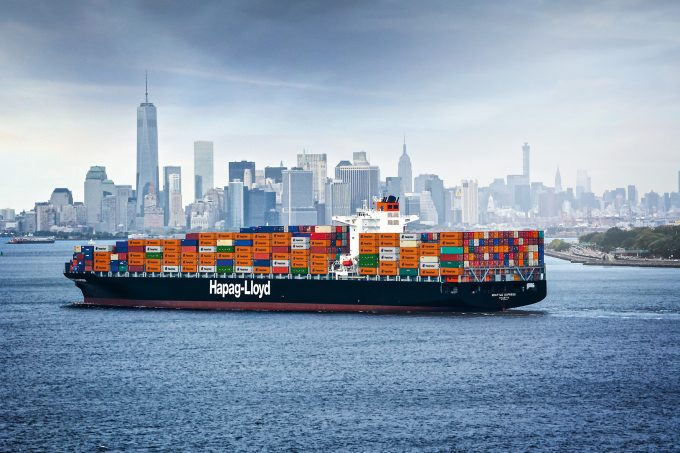Tradelanes: Overcapacity on Asia-S America impacting alliances and rates
Carriers on the Asia-west coast South America trade appear to be on the verge of ...

Container spot rates on the transatlantic headhaul North Europe to North America east coast tradelane have recovered to pre-pandemic levels, but have so far not seen the hyper-inflation impacting other routes.
According to Friday’s Freightos Baltic Index (FBX) reading, the price for a 40ft container on ...

Comment on this article